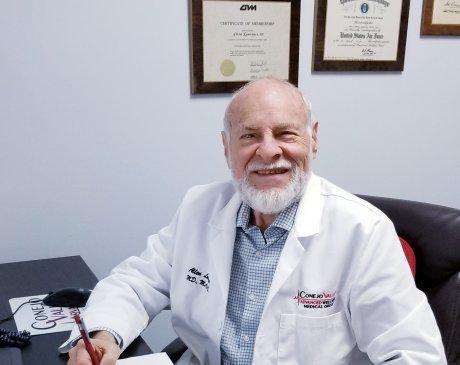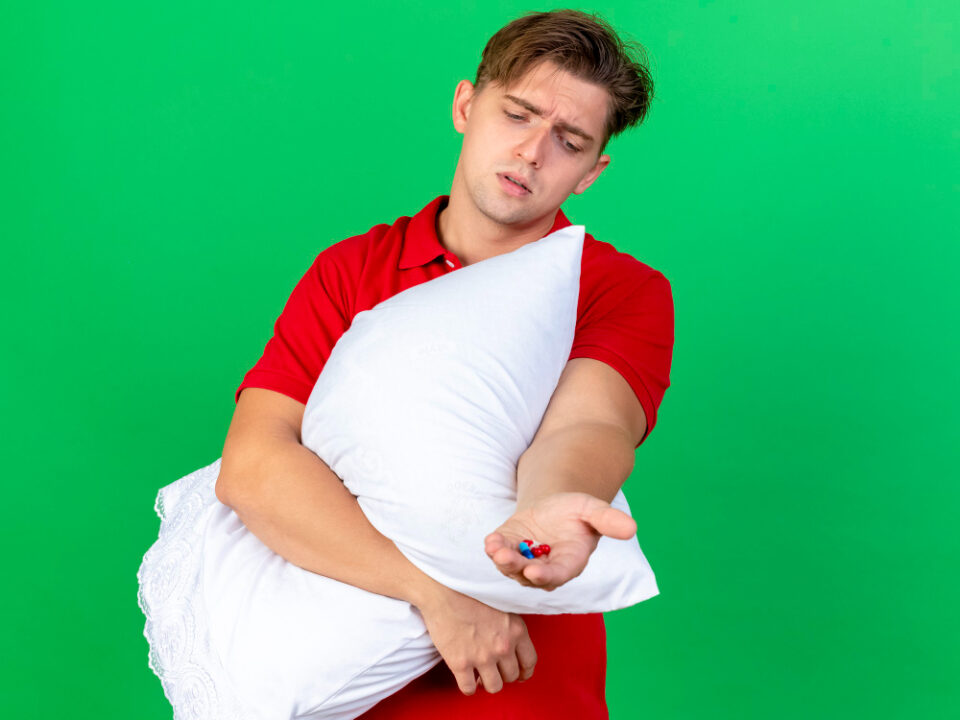- 21103 Vanowen St Woodland Hills, CA 91303 | Call us today!
- 310-879-9266
Navigating the Spectrum of Healing: Conventional and Alternative Medicine Approaches

What We Know About Healing People With Many Different Kinds of Illnesses and Therapies
Healing people of various illnesses is a complex field that involves medical knowledge, research experience, and the application of various treatment and non-traditional healing techniques and modalities. This article looks at healing through information provided through conventional medical practices as well as complementary and alternative approaches now commonly used for healing illnesses. It is important to note that advancements in medical science and the understanding of diseases is always going on so this article is a sense a time capsule and can only tell you what is being done and/or is available at this time in history, Next years article on this topic may have advanced that dwarf this years article. This is the way medicine should be, always getting better, always getting smarter, always advancing and pushing the bar farther, so that someday instant healing and total prevention will be a standard part of all forms of medicine. Right now, I must add always consult with qualified medical professionals for the most up-to-date and accurate information.
Conventional Medicine AKA Allopathic Medicine: Conventional medicine utilizes evidence-based practices and treatments that are widely accepted in the medical community. It includes various interventions such as pharmaceuticals, surgery, physical therapy, and other medical procedures. Doctors and healthcare professionals diagnose illnesses and develop treatment plans based on scientific research and clinical evidence.
Pharmaceutical Interventions: Many illnesses are treated with medications, including antibiotics to combat bacterial infections, antivirals for viral infections, and medications that target specific diseases or symptoms. Advances in pharmaceutical research have led to the development of effective drugs for a wide range of conditions.
Surgery: Surgical interventions are used to treat a variety of illnesses, ranging from minor procedures to major surgeries. Surgeons perform operations to remove tumors, repair injuries, transplant organs, and address various medical conditions. Surgery saves lives. It is more aggressive when compared to conventional or other forms of medicine. It should be for when surgery is dome the patients is usually very ill and often requires immediate intervention.
Physical Therapy and Rehabilitation: Physical therapy focuses on restoring and improving physical function in individuals with injuries or illnesses. It involves exercises, stretches, and other therapeutic techniques to enhance mobility, reduce pain, and improve overall well-being.
Complementary and Alternative Medicine (CAM): CAM includes a broad range of practices and treatments that are used alongside or instead of conventional medicine. Some popular CAM therapies include acupuncture, herbal medicine, chiropractic care, naturopathy, and homeopathy. These approaches are often used for symptom management and overall well-being, but their effectiveness varies, and scientific evidence may be limited for some practices.
Holistic Approaches: Holistic medicine takes into account the overall well-being of an individual, considering physical, mental, emotional, and spiritual aspects. It emphasizes the importance of lifestyle changes, stress reduction, nutrition, exercise, and other factors to support healing and maintain health.
Chiropractic Medicine: Chiropractic Medicine is a form of complementary medicine based on the idea that your body can heal itself with the help of specific hands-on manipulations from a trained professional. Chiropractors manipulate the body’s alignment to relieve pain and improve function and to help the body heal itself. Treatment typically involves manual therapy, often including spinal manipulation, and other forms of treatment, such as exercise and nutritional counseling, may be used as well.
Osteopathic Medicine: Osteopathy is a form of complementary therapy. It is used alongside conventional treatment to improve health. Osteopaths diagnose and treat somatic dysfunctions. This is done by manipulating a person’s bones and muscles. Osteopathic Manipulative Treatment (OMT) techniques are most commonly used to treat back pain and other musculoskeletal issues.
It’s crucial to note that the effectiveness of any treatment or therapy depends on the specific illness, the individual’s condition, how long the disease or disorder has been present and a number of other various other factors including the age and sex of the patient, their weight other medical problems etc. Always consult with qualified healthcare professionals to determine the most appropriate treatment options for specific illnesses.

Article by Dr. Allen Lawrence, M.A., M.D., Ph.D.




